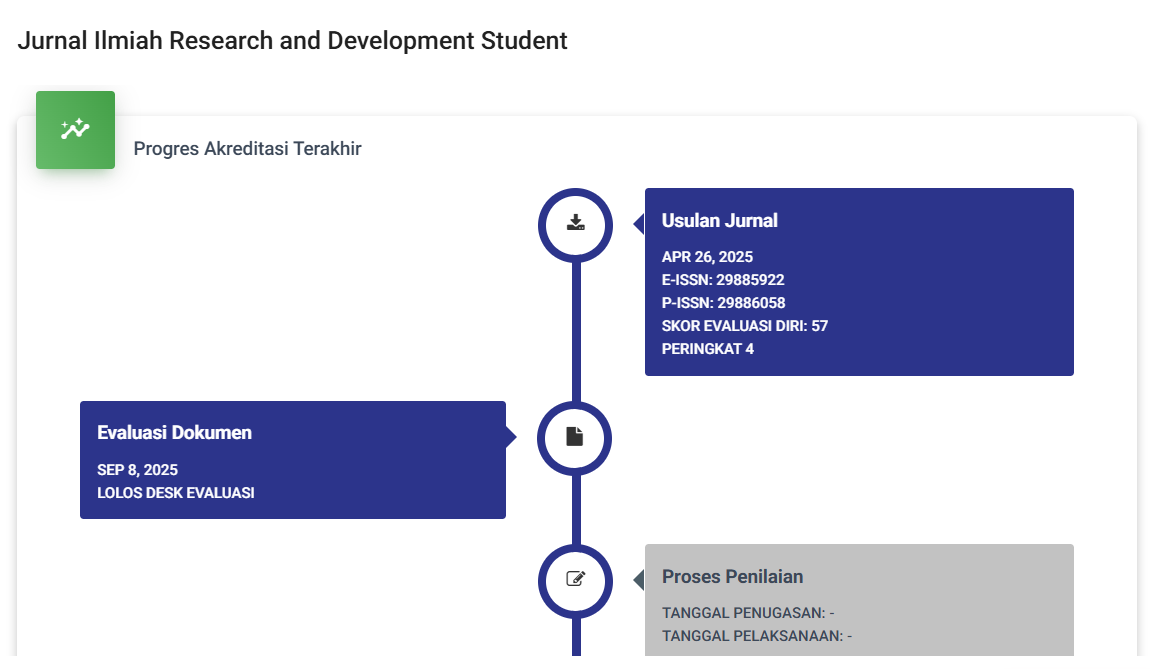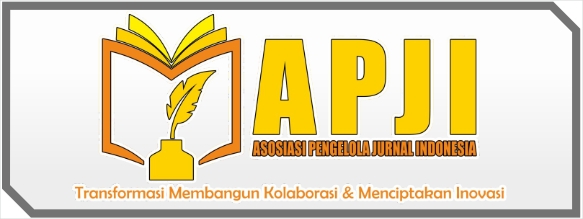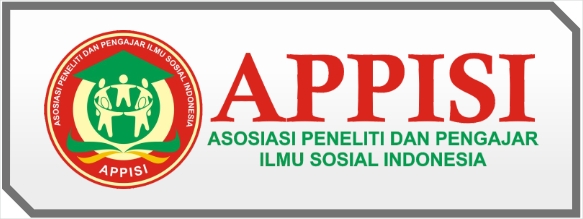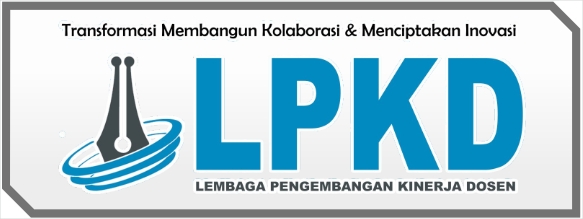Pengaruh Motivasi Dan Disiplin Kerja Terhadap Kinerja Karyawan Di Kantor Imigrasi Kelas I Non Tpi Depok
DOI:
https://doi.org/10.59024/jis.v1i2.410Abstract
Employee motivation and discipline play an important role in increasing the efficiency and effectiveness of a company. An employee who has high discipline and motivation will be able to carry out his duties properly and optimally, so that the company's employee performance targets can be achieved. This study aims to examine the correlation between individual motivational factors and employee discipline on employee performance by using the SPSS version 25 program at the Immigration Office Class I Non Tpi Depok. Existing data in this study were taken using the method of documentation, observation, distribution of questionnaires or questionnaires, and interviews. This study uses a quantitative method because it focuses on measurements and samples to test variables and hypotheses. Several tests were carried out using the SPSS program, including the Validity Test, Earnings Test, Normality Test, Multicollinearity Union, Heteroscedasticity Test, Autocorrelation Test, Correlation Coefficient, Determination Coefficient, Multiple Linear Regression Coefficient, T Test, and F Test. The results of the tests This shows that there is a positive relationship between motivation and work discipline on employee performance at the Immigration Office Class I Non TPI Depok.
References
Hidayati, S.N. (2016). Pengaruh Pendekatan Keras dan Lunak Pemimpin Organisasi terhadap Kepuasan Kerja dan Potensi Mogok Kerja Karyawan. Jurnal Maksipreneur: Manajemen, Koperasi, dan Entrepreneurship, 5(2), 57-66. http://dx.doi.org/10.30588/SOSHUMDIK.v5i2.164.
Risdwiyanto, A. & Kurniyati, Y. (2015). Strategi Pemasaran Perguruan Tinggi Swasta di Kabupaten Sleman Yogyakarta Berbasis Rangsangan Pemasaran. Jurnal Maksipreneur: Manajemen, Koperasi, dan Entrepreneurship, 5(1), 1-23. http://dx.doi.org/10.30588/SOSHUMDIK.v5i1.142.
Bator, R. J., Bryan, A. D., & Schultz, P. W. (2011). Who Gives a Hoot?: Intercept Surveys of Litterers and Disposers. Environment and Behavior, 43(3), 295–315. https://doi.org/10.1177/0013916509356884.
Norsyaheera, A.W., Lailatul, F.A.H., Shahid, S.A.M., & Maon, S.N. (2016). The Relationship Between Marketing Mix and Customer Loyalty in Hijab Industry: The Mediating Effect of Customer Satisfaction. In Procedia Economics and Finance (Vol. 37, pp. 366–371). Elsevier B.V. https://doi.org/10.1016/S2212-5671(16)30138-1.
Armand, F. (2003). Social Marketing Models for Product-Based Reproductive Health Programs: A Comparative Analysis. Occasional Paper Series. Washington, DC. Retrieved from www.cmsproject.com.
Belair, A. R. (2003). Shopping for Your Self: When Marketing becomes a Social Problem. Dissertation. Concordia University, Montreal, Quebec, Canada.
Lindawati (2015). Analisis Faktor yang Mempengaruhi Perilaku Ekonomi dan Kesejahteraan Rumah Tangga Petani Usahatani Terpadu Padi-Sapi di Provinsi Jawa Barat. Institut Pertanian Bogor. Retrieved from http://repository.ipb.ac.id/ handle/123456789/85350.
Downloads
Published
Issue
Section
License
Copyright (c) 2023 JURNAL ILMIAH RESEARCH AND DEVELOPMENT STUDENT

This work is licensed under a Creative Commons Attribution-ShareAlike 4.0 International License.




















